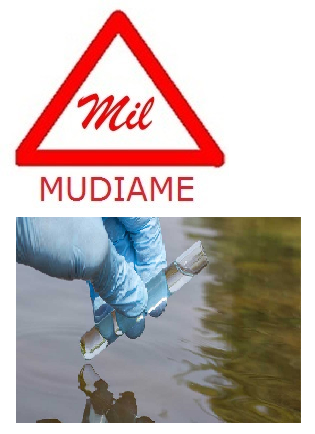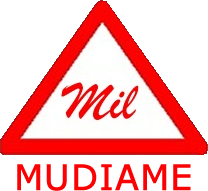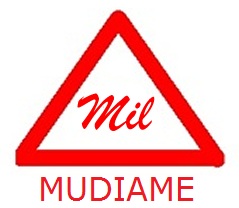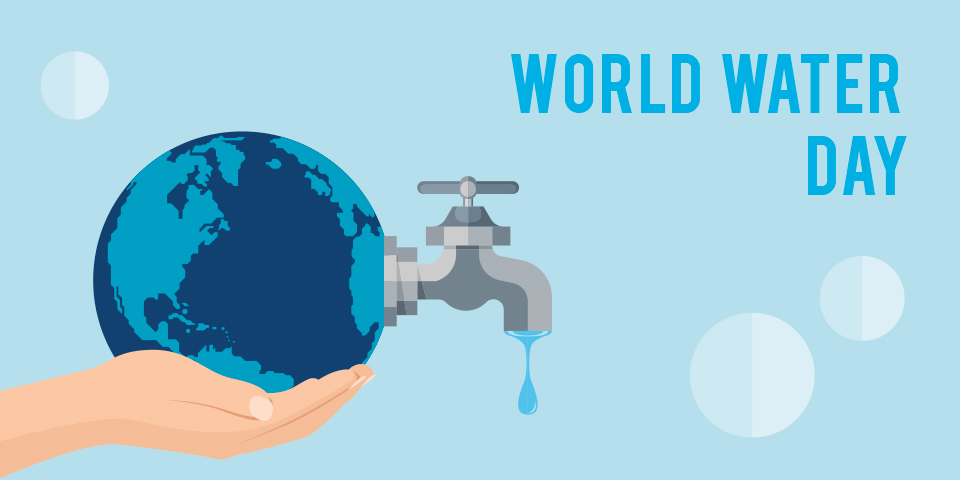The world is celebrating another international water day; it is pertinent for the world to understand the value of water. However, it is important to know the meaning of water. Water is a transparent tasteless, Odourless and almost colourless chemical substance and cover over 70% of ear
th’s surface. No known life can live without it. Despite that water has been present on earth since its earlier days and is constantly moved around it by the water cycle. Water is very important for life, probably essential.
However, some studies suggest that by 2030, more than half the people around the world will not have enough fresh water to sustain them.
Around the world, from developing to industrialized countries, water availability and quality is an ever increasing challenge. The World Economic Forum now ranks water as the greatest risk impacting the world’s economy—reflecting private sector concern over waters ability to affect material risk. Water is a precious resource that needs to be better managed for survival and growth.
Beyond business, water is perceived by different audiences as a commodity with a market value, a social good, an environmental integrity underpinning, and/or a
fundamental human right. Governments increasingly recognize the importance of water in the economy for traditional growth, as well as ecosystem services and the costs of poor water management, in particular on human health. Civil society values water for basic health and sanitation concerns, as well as for spiritual and recreational reasons. In short, as water resources have come under increasing pressure, there is a growing interest to better understand water from both risk and the valuation perspectives.
Despite the urgent need for a shared discussion on the value of water, stakeholders often talk past one another when discussing its importance. e concepts of the price of water, the cost of water, and the value of water are often used interchangeably when in reality, they differ considerably. Value can be monetary as well as social (i.e., non-monetary). Value can be proprietary to a single water user (e.g., a farm or a factory) or shared amongst many water users within a river basin.
Different audiences also employ different disciplines to engage in valuation: e language and approaches employed in finance provides valuation approaches that resonate for corporate managers and investors. Conversely, the field of economics sees valuation at a larger societal (often national to local government) level to understand how water is employed to create value through the production, distribution and consumption of goods and services. Finally, emerging research and disciplines explore less tangible concepts such as happiness and well-being, and explore the social value of numerous elements in our world. The result is that various tools, methods, and disciplines have created a degree of confusion in the landscape of water valuation Creating the right incentives for people, governments and businesses to better value water, and, in turn, ensure that markets recognize shareholder value creation through water stewardship responses will require many strategies. there has to be a shift from traditional market-based water pricing that undervalues water and results in perverse use that damages the environment, society, and economies, and erodes shareholder value. Failure to do so runs the risk of undermining economic development, diminishing quality of life, and increasing business risk, as well as damaging critical ecosystems.
This report reviews the current situation of valuation and offers a new framework to understand water valuation, risk, and stewardship. This report advances the thinking and connections between a number of parallel debates. Based on sound risk and valuation information, it should help to move water stewardship
practice along. By connecting water risk to valuation tools and then to stewardship, greater business cases for meaningful stewardship can and will be made once risks are seen in financial terms for business—ones that make the connections between use, actions, failure to act, and opportunities for growth.
 WHY DOES THE VALUE OF WATER MATTER?
WHY DOES THE VALUE OF WATER MATTER?
Water is arguably the most precious resource on Earth, and yet we often value and manage it extremely poorly. The price of water traditionally reflects a limited set of costs to treat and transport water, but the value of water is far greater. Low and subsidized water prices are important to ensure the human right to water is met, and yet water’s low market-based cost has resulted in profligate use, freshwater contamination and, in general, inflicted costs upon society and nature. Furthermore, for business, the skewed market-based value of water has resulted in losses to shareholder value.
The value of water is difficult to quantify because different audiences conceptualize and describe its values differently. The private sector tends to use the language of finance, while governments often employ concepts from economics and civil society, using a range of environmental, rights-based, or social-goods language for valuing water. All of the stakeholders have a legitimate claim on water and its use, and so a corporate perspective must both understand and negotiate these different ways of valuing water as a scarce resource. This report seeks to bring clarity to a corporate audience, as well as other relevant stakeholders, on how to better understand water valuation, water risks, and the possibilities for better water stewardship.
WHY THE WORLD NEEDS TO RETHINK OF THE VALUE OF WATER?
The value of water for people, the government, industries, agriculture and cultures has been long recognized, not least because achieving safely managed drinking water is essential for human life. The scale of the investment for universal and safely managed drinking water and sanitation is vast, with estimates around $115B USD per year, for capital cost alone.
But there is an increasing need to re-think the value of water for two keys reasons:
Ø Water is not just about sustaining life, it plays a vital role in sustainable development. Water is evident in all of the seventeenth (17) United Nations sustainable development goals, from poverty alleviation and ending hunger, where the connection is long recognized- to sustainable cities and peace and justice, where the complex impacts of water are only now being fully appreciated.
Ø Water security is a growing global concern; the negative impacts of water shortages, flooding and pollution in many communities of the world especially in African have placed water related risks among the top five (5) global threats by the world economic forum for several years running. In 2015, Oxford-led research on water security quantified expected losses from water shortages, inadequate water supply and sanitation and flooding at approximately $500B USD annually. Few months ago, the World Bank stated the consequences of water scarcity and shocks; the cost of drought in cities is four times greater than a flood and a single drought in rural Africa can ignite a chain of deprivation and poverty across generations.
Recognizing these trends, there is an urgent and global opportunity to re-think the value of water.

Mudiame International Limited, an ISO 17025:2017 certified Laboratory with the state of the art equipment is fully position and committed in by helping the government and industries to ensure that every water be it seawater, waste water, tap water etc. are examined according to International standard before being circulated to homes or offices either for consumptions or industry purpose.
Mudiame with years of experience in water quality has trained and experienced personnel to handle the needs of water examination be it Physical sampling, chemical analysis of water, biochemical and microbial investigations.
It behooves on the government to look inward using the local content program to ensure our waters are safe before being channeled to the end users.
Mudiame is fully prepared to handle the challenge of ensuring we have safe and quality water for both domestic and industrial uses.
Written by KELECHI IREN


